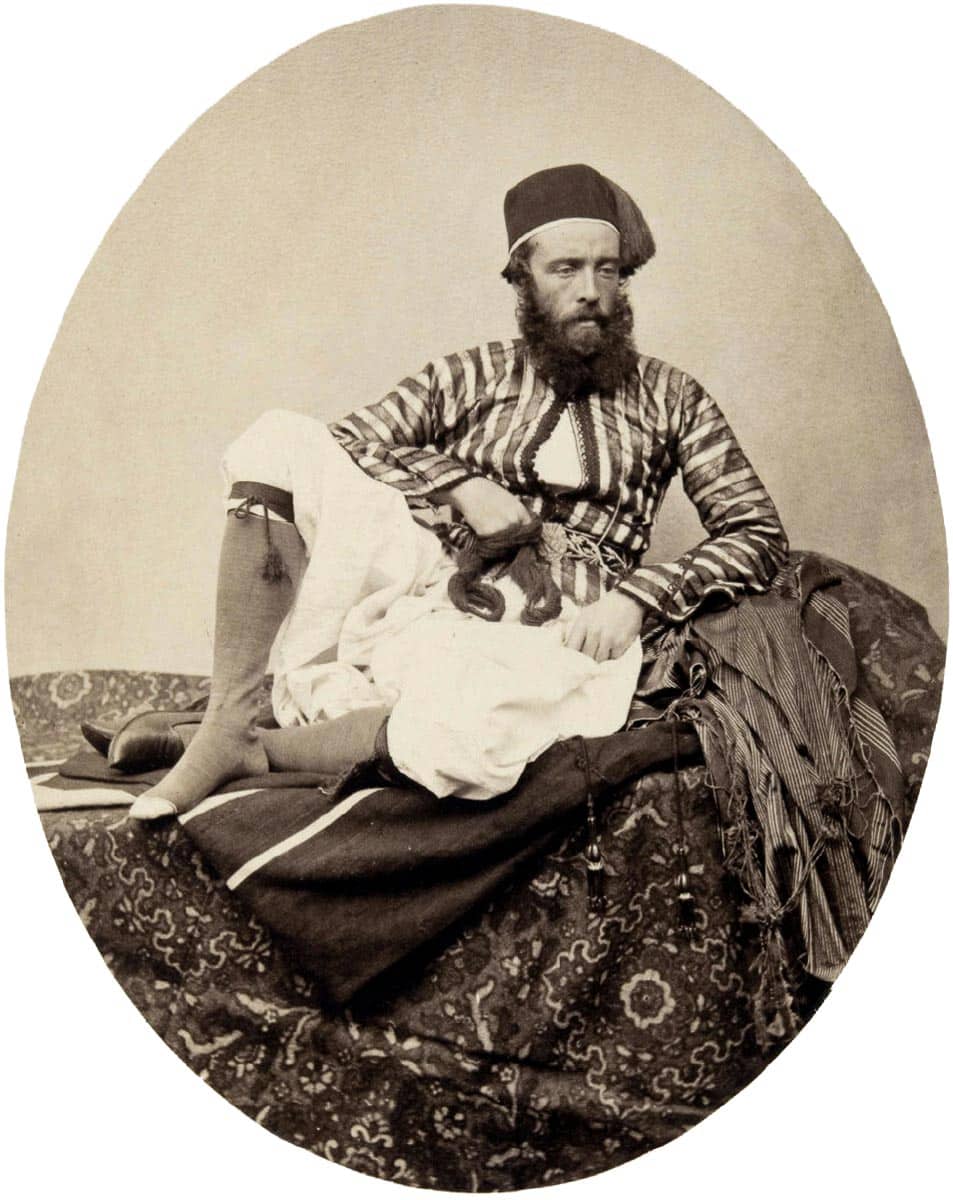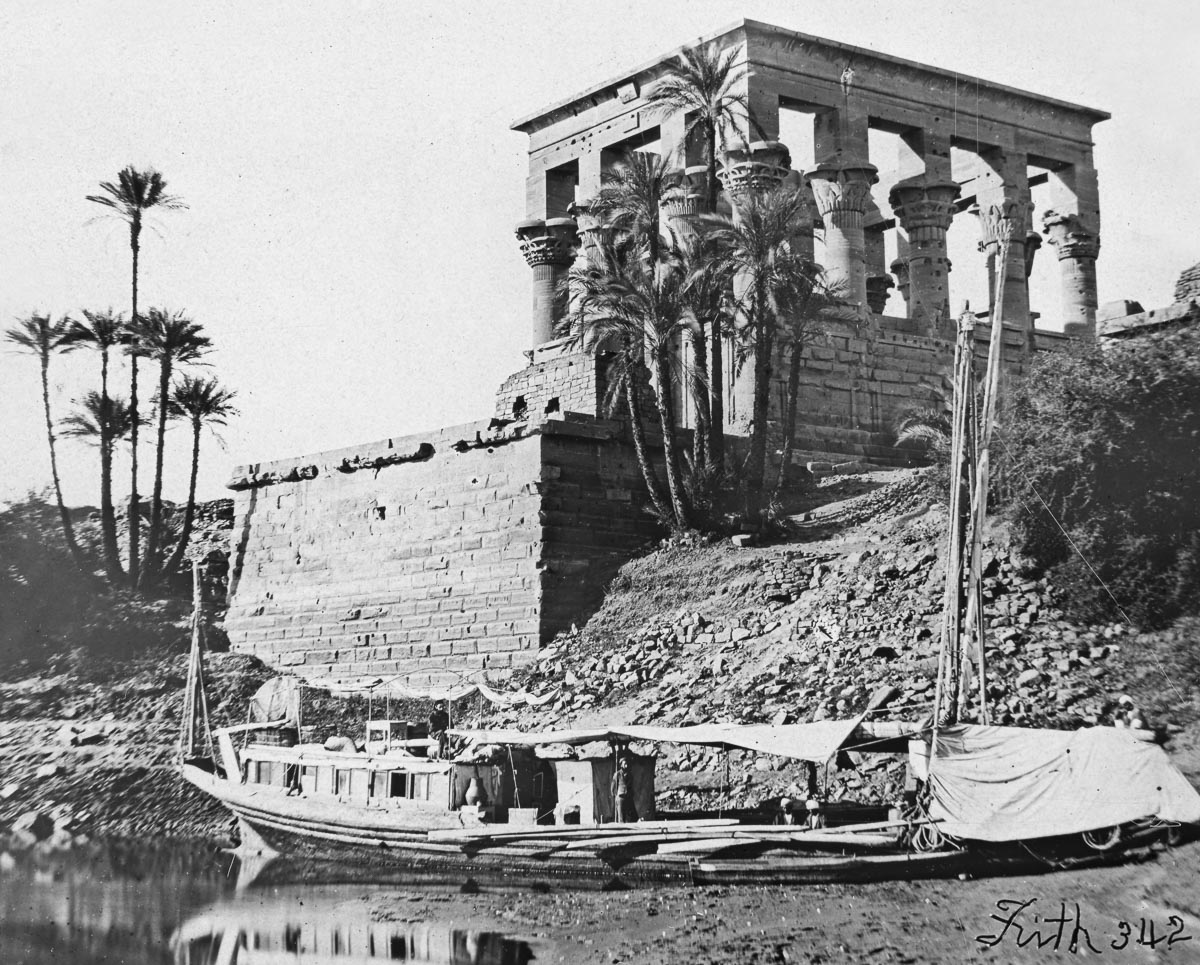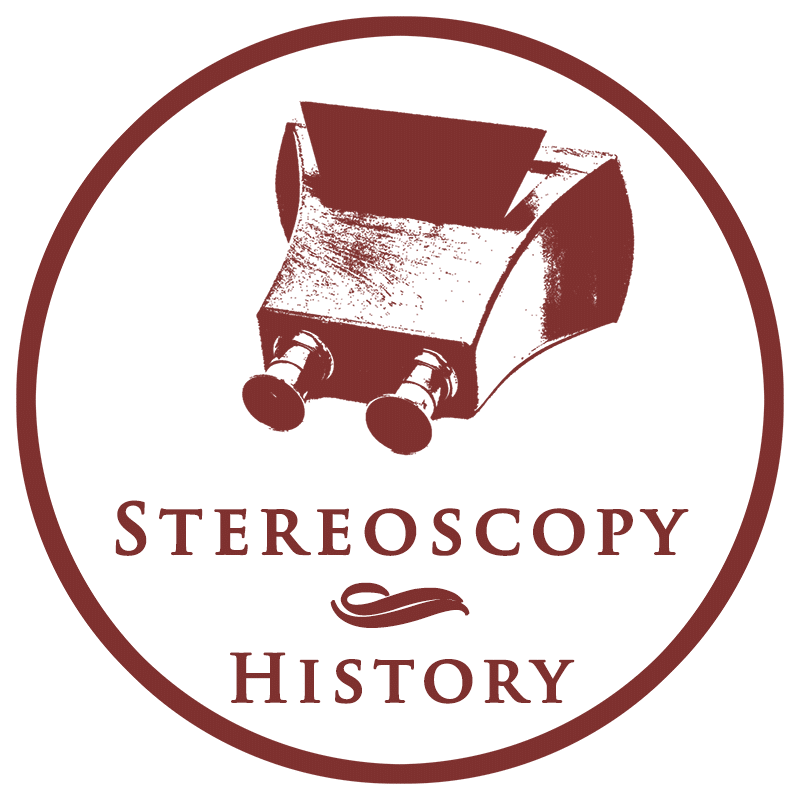
Source: Wikimedia Commons (public domain).
Francis Frith was born on 7 October 1822 in Chesterfield, England. He was raised in a family of Quakers (members of the Religious Society of Friends, a Christian movement). He spent his school time at Camp Hill Quaker Boarding School outside Birmingham. After leaving school, he spent five years working as an apprentice in a cutlery workshop in Sheffield. He did not like his apprenticeship, and he developed what would probably be called a burnout today. Following this, he left the workshop and recuperated while travelling within the United Kingdom.
After his recovery, he started a grocery wholesale business with a partner in Liverpool. The company provisioned ships and was very successful. After a few years, Frith continued the company alone, and around 1855, he sold the business. The sale of the company made him a wealthy man, and he retired at the age of 34. This gave Frith the freedom to focus on new adventures.
Frith probably turned to photography in the early 1850s. In 1853, he was one of the founders of the Liverpool Photographic Society. Frith decided to travel again, and in 1856 he embarked on his first trip to Egypt for an ambitious photo project. Two more journeys to the Near East would follow in 1857 and 1859. The photographs that Frith took in Egypt, Palestine, Lebanon and Syria became a great success and were published as stereoview series and printed editions. After returning from his last trip, Frith married Mary Anne Rosling in 1860. The couple had eight children.
The commercial success of his published photos inspired Frith to set up his own photographic publishing company. The company started as a partnership with the London print seller Hayward. The company grew and moved to Reigate. From 1862, Frith continued the company independently as F. Frith & Co. The company became the first publisher in England to produce and distribute images on a large scale. F. Frith & Co published pictures for framing, prints for books, postcards, and stereoviews, among others.
Frith embarked on a large and ambitious photo project, capturing every town, city and other landmarks in the United Kingdom and other countries. The photos were taken by a team of photographers, and Frith also bought the publishing rights from other photographers. Frith built up a huge photo archive with a catalogue of 4,000 images in 1876. By 1914, the archive had grown to 50,000 photos.
After 1870, Frith devoted more time to his religion. Frith became a Quaker minister and wrote several publications about his faith. The publishing house was run by two of his sons in the 1880s. In 1884, Frith began his biography, A True Story of My Life: A Biographical, Metaphysical, and Religious History, which may have remained unfinished and was never published. Frith died on 25 January 1898 in Cannes, France.
After Frith’s death, the publishing company continued to flourish and focused mainly on postcards around the turn of the century. F. Frith & Co was sold by the Frith family around the First World War. The company was continued by the new owner and finally closed its doors in 1971. The archive then consisted of 250,000 photos and 60,000 negatives. A part of the collection is now held by the Birmingham City Library. Much of the archive has been digitised, and prints can be ordered through the Francis Frith Collection.
Travels and photography
In September 1856, Frith left for his first journey to Egypt. He was accompanied by Francis Herbert Wenham (1824–1908), a naval engineer with knowledge of photography and optics, who assisted Frith with his project. Arriving in Egypt, Frith rented a dahabieh (a traditional sailboat) with crew and sailed upstream on the Nile to Upper Egypt, the southern part of the country. They followed the Nile to the Second Cataract (cataracts are shallow lengths of the Nile). Arriving at Wadi Halfa, in the region Nubia, Frith started his photo project. The first photographs were made at Abu Simbel. The next stop was the island of Philae, and then the boat sailed back to Upper Egypt. Many photographs were made in and around Luxor (ancient Thebes) with its high concentration of ancient monuments. The last photographs were made in Cairo and at the pyramid complex of Giza. Frith returned to England in July 1857.

Only a few months after returning from his first trip, he started his second journey in November 1857. Due to the short interval, this journey should be regarded as an extension of his first journey. The main destination was Palestine, where Frith wanted to capture the biblical places of the Holy Land. For a religious man like Frith, this must have been a special occasion. From Egypt, he made a boat trip to Jaffa and visited Jerusalem, Hebron, Nazareth and The Dead Sea. He then travelled to Syria and Lebanon. The second journey ended in May 1858.
In the summer of 1859, he set out on his third and final journey to the Near East. This time, he travelled without Wenham, and this journey would become his most ambitious one. He explored new locations and rephotographed monuments that he had visited before. He reached the Third Cataract and travelled farther south than any photographer had ever done before. An 18-day trek through the desert by camel brought him to the Temple of Soleb, whose location was at that time considered Ethiopia. Subsequently, he travelled through the Sinai Desert to Jerusalem, where he completed his project. He returned to England in the summer of 1860.

Half-stereo of glass stereoview with number 342.
Frith had brought three cameras for his travels: a large mammoth-plate (41 x 51 cm) camera, a whole-plate (20 x 25 cm) camera and a stereo camera. Together with a large collection of glass plates and the necessary chemicals for sensitising and developing the glass plates, his project was a huge logistical expedition.
Frith’s photographs were made using the collodion process, which was introduced in 1851 by Frederick Scott Archer (1813–1857). The process became a success and replaced the daguerreotype and calotype processes. Collodion negatives offered a very good sensitivity, which allowed for short exposure times. The negatives contained fine details, which resulted in high-quality prints on paper or glass. The downside was that collodion was a cumbersome process. The process required that the photographic material remain more or less wet during the sensitising, exposing and development of the plate. This was not a problem in a studio, but when photographers were shooting outdoors, they had to take their entire darkroom with them. For Frith, this meant developing the negatives in the hot and dry Egyptian desert. This made Frith’s project a perilous undertaking, as it was unknown how collodion would react to the climatic conditions of the desert. Frith states:
The difficulties which I had to overcome in working collodion, in those hot and dry climates, were also very serious. When at the Second Cataract, one thousand miles from the mouth of the Nile, with the thermometer at 43 °C in my tent, the collodion actually boiled when poured upon the glass plate, I almost despaired of success.
Nevertheless, Frith succeeded and produced almost 500 negatives during his three travels. Frith had brought a carriage for the large mammoth-plate camera, which could also serve as a mobile darkroom for developing the negatives. The mammoth-plate camera was not taken on the camel trip to the Temple of Soleb. Frith photographed the monuments with his three cameras from different camera positions. With this approach, he was the first photographer to systematically capture the monuments of Egypt.
Glossary: collodion
